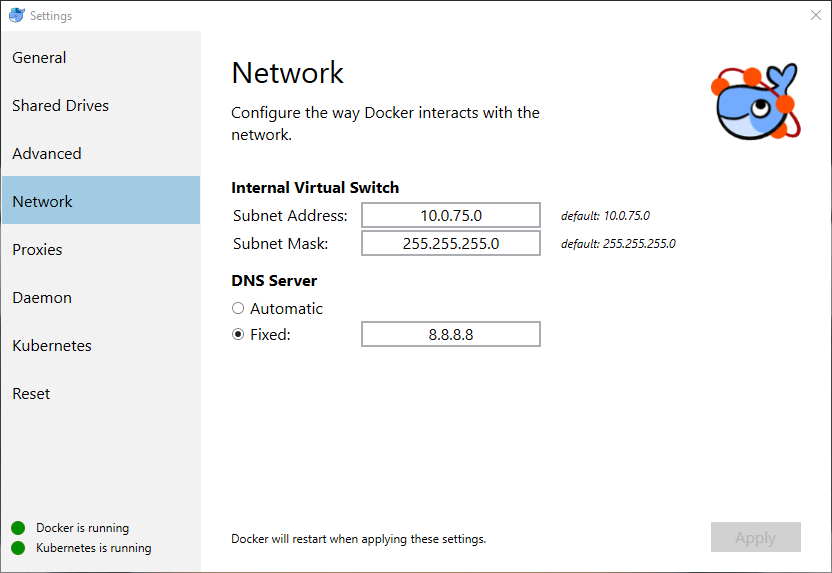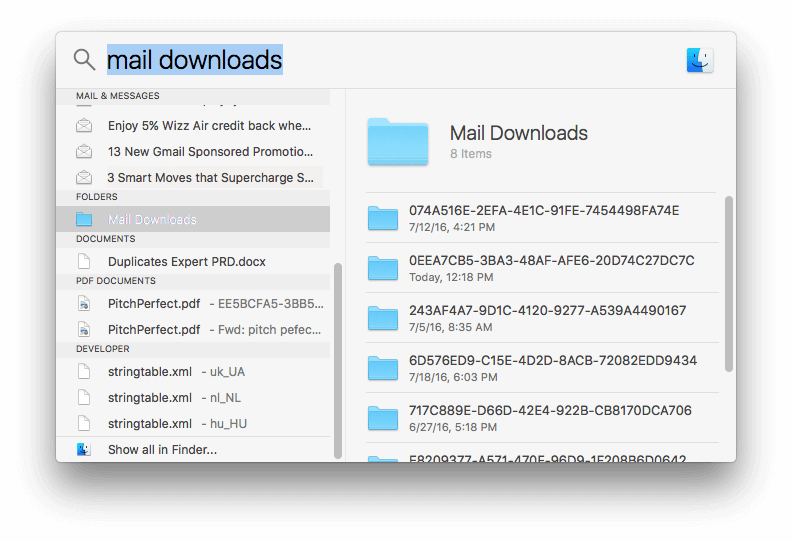

- #Mac brew install docker update#
- #Mac brew install docker software#
- #Mac brew install docker code#
- #Mac brew install docker free#
- #Mac brew install docker mac#
# set the 'local' environment to use the 'test_project' virtualenv created above # create and navigate to an example directory called 'test_project'

Read the instructions in the pyenv-virtualenv GitHub README zshrc config file to enable auto-activation of virtual environments.
#Mac brew install docker update#
Similar to pyenv, we can use brew to install pyenv-virtualenv and then update our. However, I like to use a pyenv plugin called pyenv-virtualenvįor managing virtual environments which is easy to use and has some great features. Now we have a separate Python environment, we need to set up a virtual environment manager to manage Python environments for our specific Python projects.įor an explanation on the importance of keeping separate environments for each of your Python projects Installing pyenv-virtualenv for virtual environment management # If, in the future, you need or want to use a different Python version, you can easily install another python version using pyenv install and then set it as the default using pyenv global. # set default version to newly installed 3.10.0Īfter running the `pyenv global` command, we can see the Python version being used has changed to v3.10.0 from the default v3.8.9 Pyenv can be a little tricky to install properly so make sure you read the installation instructions on their GitHub pageįirst you should install the following dependencies documented in the GitHub wiki page Unfortunately, the installation of pyenv is a bit more involved than conda but I think the effort upfront is worth it in the end. Pyenv is lightweight and makes it very easy to manage multiple versions of Python on the same computer. However, I find conda (and even miniconda) to be bloated with unnecessary software. Many tutorials, particularly for data science, will suggest using conda To manage my Python versions and virtual environments. To manage your Python environments separately from the system Python. Instead, you should install a separate application such as conda ✅ Keep your development Python environments separate from the system Python See this video from RealPython to understand more about system Python Additionally, if you ever break anything in your Python environment and want to just completely uninstall and reinstall it you really could be in real trouble. While it is possible to use the system’s Python, it is very risky as you may make unintended changes to the environment which adversely affects other programs in your operating system. I will refer to this as your ‘system Python’. Avoid using or installing packages to the Python program already installed on your system. If you type python or python3 into your terminal application, the Python REPL will open up. Python will already come installed with MacOS.
#Mac brew install docker free#
It is a free ebook covering the core aspects of using Git and collaborating with others Python # If you are new to learning Git, I highly recommend reading Ry's Git Tutorial Check out my other article on managing SSH keys for multiple accounts Git config -global user.email can also setup your SSH keys to authenticate to GitHub. But essentially, you can paste and run the following command into the Terminal application to install Homebrew. Installation instructions are available on the Homebrew homepage
#Mac brew install docker software#
We will use Homebrew to install most of the relevant software for our data science development environment.

It is a free and open-source package management system which allows you to easily install applications straight from the command line. Homebrew is the most popular package manager for MacOS. The first step is to install a system package manager. Let’s get into it! 🤘 Installing a System Package Manager # Homebrew #
#Mac brew install docker code#
Code Editor (Jupyterlab and Visual Studio Code).We will discuss the following tools that I use as the base for a lean and effective workbench for my data science projects: using the command line for installation of software where possible). The setup guide includes the key tools required for data science workflows with a focus on lightweight tools (minimising installation of unnecessary or large packages) and automation (i.e. A code editor/integrated development environment such as Jupyterlab or VSCode.A robust Python environment for development work.A terminal application for launching applications and running programs.To get started with data science, you need three basic components: This article is a guide for installing and configuring a lean data science development environment on a new MacBook (M1+ or Intel chip).
#Mac brew install docker mac#
So you have just bought a new MacBook or looking into doing some data science work on your existing Mac and need to setup a development environment?


 0 kommentar(er)
0 kommentar(er)
